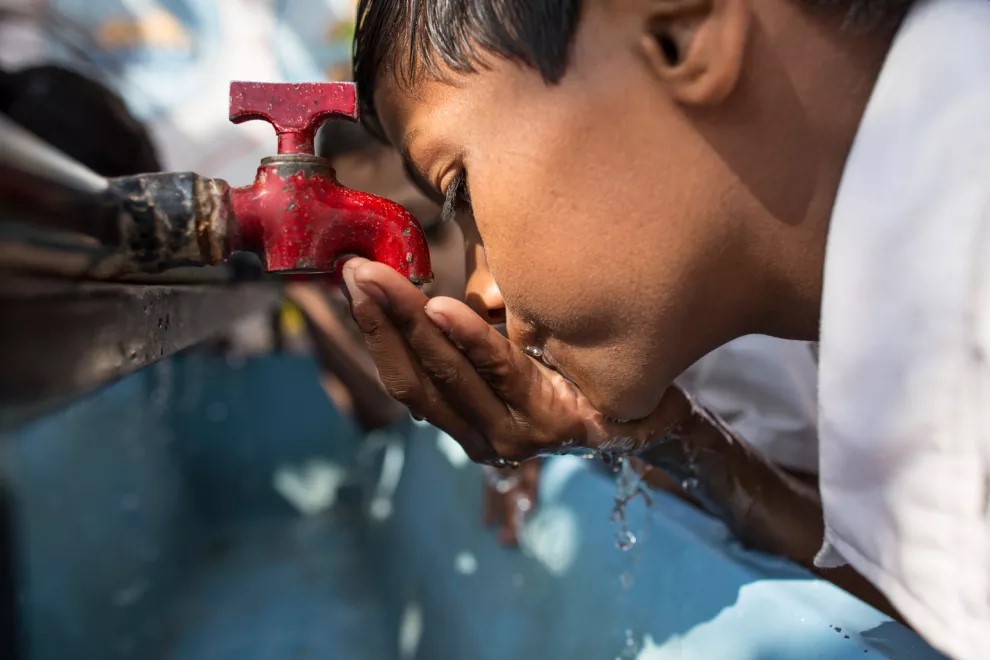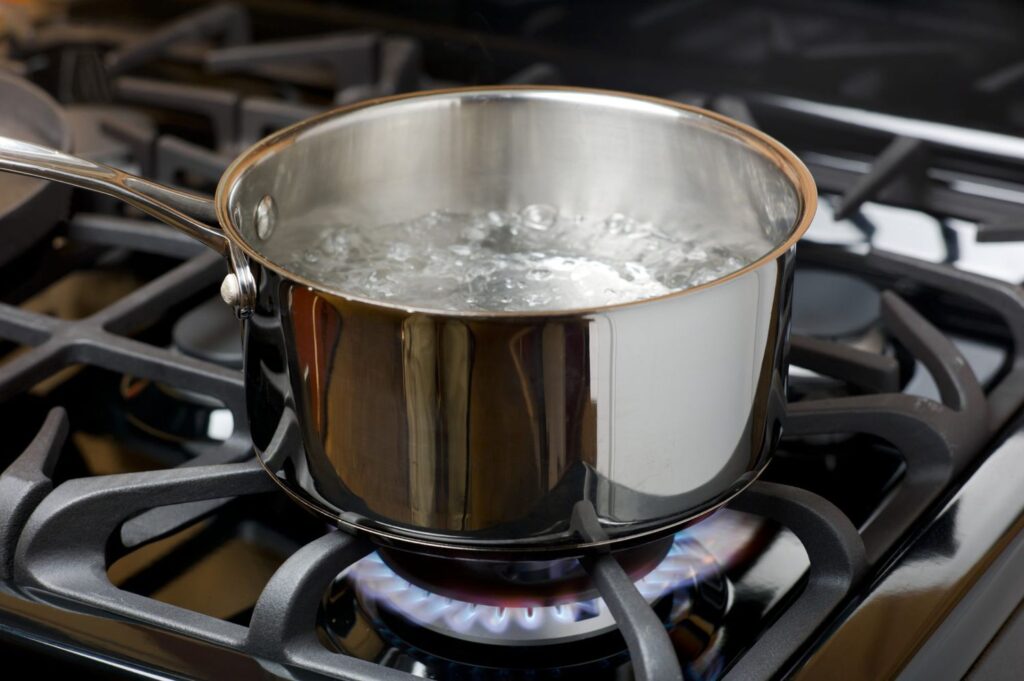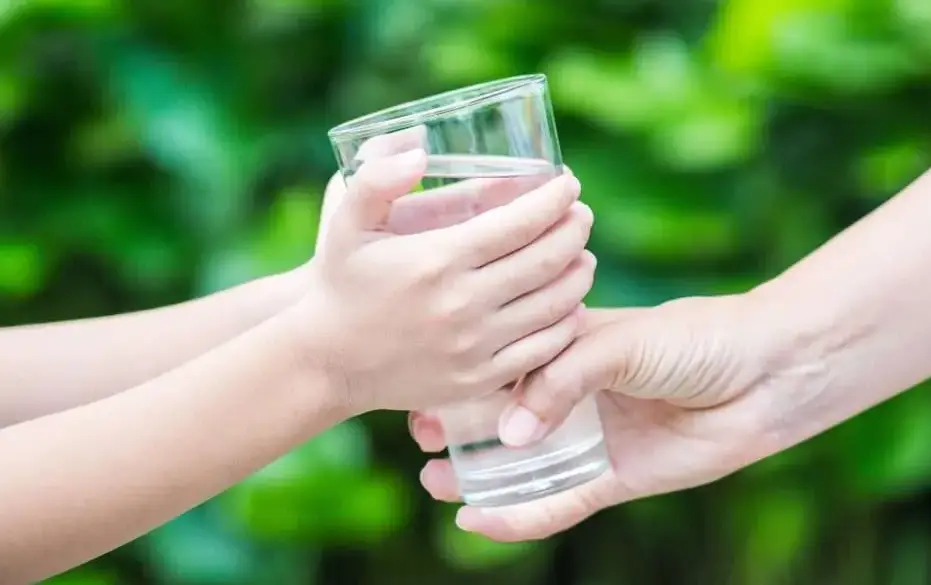
Maintaining access to safe drinking water is crucial during emergencies such as power outages and natural disasters in India. These events can disrupt water supply systems, making it imperative for individuals and communities to prepare and implement strategies to ensure water quality and accessibility. By following practical tips and employing emergency water storage and purification methods, households can safeguard their health and well-being during challenging times.
Tips for Maintaining Water Quality and Accessibility
Store Sufficient Water: Prioritize storing an adequate supply of water for each household member. The general guideline is to store at least 1 gallon (about 4 liters) of water per person per day for drinking and sanitation needs. Plan for a minimum of three days’ supply, but ideally, aim for one week’s worth of water storage.
Regularly Rotate Stored Water: If using stored water, rotate it every six months to ensure freshness and prevent bacterial growth. Label containers with the date of storage and use the oldest water first. This practice helps maintain water quality and ensures readiness in case of emergencies.
Emergency Water Sources: Identify alternative water sources in your area, such as nearby lakes, rivers, or community wells. Familiarize yourself with purification methods for untreated water, should the need arise to collect water from these sources during an emergency.
Water Conservation: Conserve water by using it wisely during emergencies. Limit unnecessary water use and prioritize essential needs such as drinking, cooking, and sanitation.
Maintain Hygiene: Practice good hygiene to prevent waterborne illnesses. Wash hands frequently with soap and water, especially before handling stored water or preparing food.

Emergency Water Storage and Purification Methods
Boiling: Bear in mind that boiling water is considered one of the most effective methods for purifying it. Bring water to a rolling boil for at least one minute (or three minutes at higher altitudes) to kill pathogens that may be present. Make sure to let the water cool down before using it.
Water Purification Tablets or Drops: Commercially available water purification tablets or drops containing chlorine, iodine, or other disinfectants can be used to treat small quantities of water. Follow the manufacturer’s instructions carefully for proper dosage and contact time.
Portable Water Filters: Portable water filters designed for emergency use can remove bacteria, protozoa, and some viruses from untreated water sources. Look for filters certified by reputable organizations like the NSF (National Sanitation Foundation) or EPA (Environmental Protection Agency).
UV Water Purifiers: UV (ultraviolet) light purifiers are effective at disinfecting water by destroying the DNA of microorganisms. Portable UV purifiers are available for personal use and can treat small volumes of water quickly.
Emergency Water Storage Containers: Use food-grade containers specifically designed for water storage, such as plastic jerry cans or barrels. Ensure containers are clean and tightly sealed to prevent contamination.

Conclusion
In conclusion, ensuring safe drinking water during power outages and natural disasters in India requires proactive planning and preparation. By following these tips on maintaining water quality and accessibility and employing emergency water storage and purification methods, households can mitigate the impact of water supply disruptions and safeguard against waterborne diseases.
Government agencies, NGOs, and community organizations play a crucial role in promoting awareness and providing resources for emergency preparedness. Encouraging households to have emergency water supplies and knowledge of purification techniques can enhance community resilience and reduce the health risks associated with water scarcity during emergencies.


